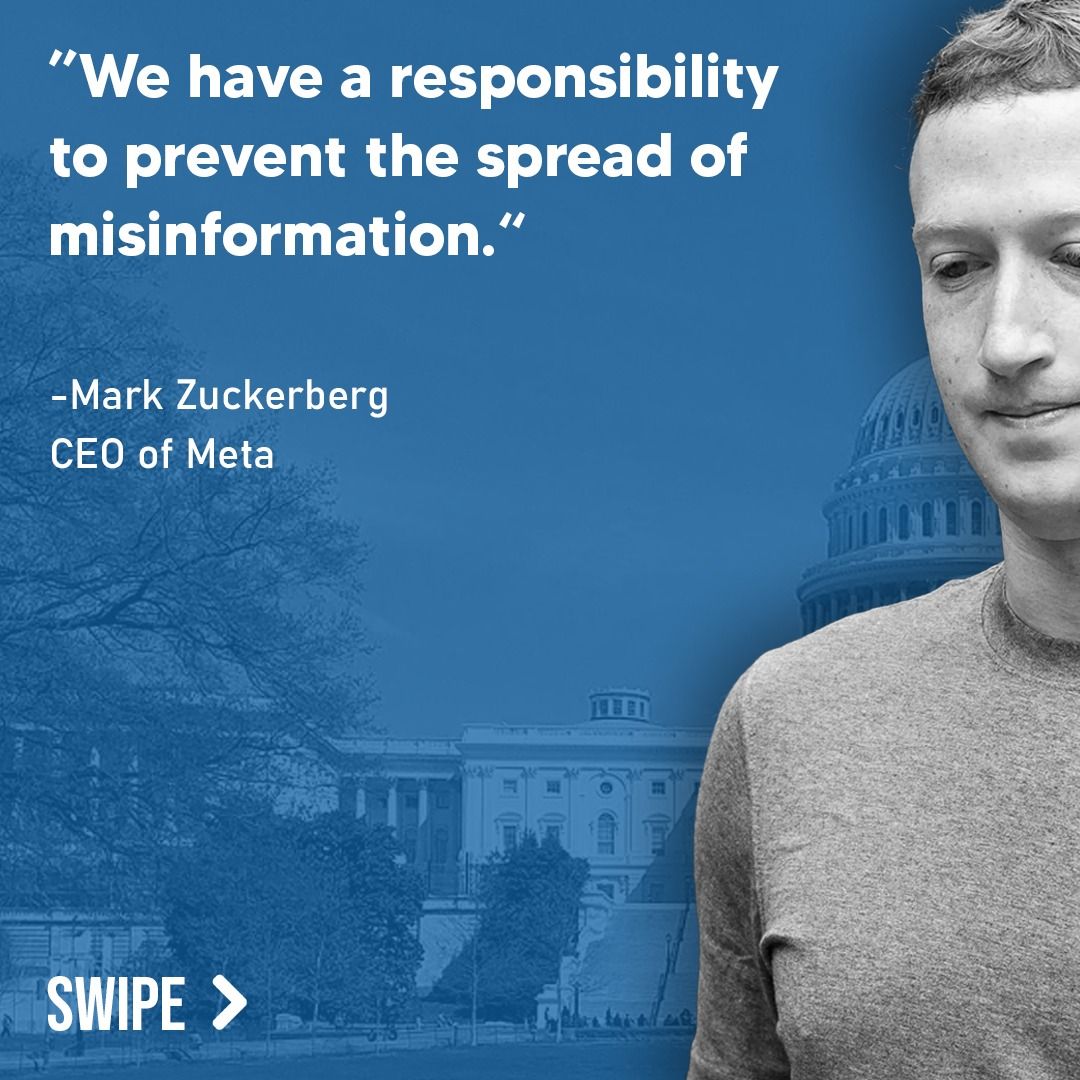“`html
/cdn.vox-cdn.com/uploads/chorus_asset/file/25835187/2193727250.jpg)
Fact Check: Unraveling the Truth Behind the Moss Landing Battery Fire
DBUNK is proud to have received this fact-check request from one of our subscribers who, like all our users, seeks clarity amidst the chaos of misinformation. Remember, you too can submit fact-check requests for free on our upcoming app release. Let’s dive in.
Analyzing the Article: What’s Accurate and What’s Missing?
The article titled “A giant battery power plant is on fire in California”, published on January 17, 2025, by The Verge, offers a detailed account of a fire that broke out at the Moss Landing Energy Storage Facility. While some statements in the article are accurate, we identified critical issues such as missing context, slight bias in phrasing, and insufficient information regarding preventive measures. Let’s break it down.
1. Is the Moss Landing Facility Truly the “Largest in the World”?
The article claims that the Moss Landing Energy Storage Facility is the “largest in the world,” according to its owner, Vistra. While this statement references the company’s position, it lacks independent corroboration. A quick review reveals that other large-scale energy storage facilities, such as South Australia’s Hornsdale Power Reserve, have also laid claim to being among the largest globally. Without updated global rankings or third-party verification, this claim remains unsubstantiated.
Using company-reported information without proper verification can be misleading. Readers should be wary of such unchallenged assertions unless backed by concrete data.
2. Missing Context on Risk Management and Historical Incidents
While the article briefly touches on past incidents, including a 2022 fire at a nearby Pacific Gas & Electric facility, it glosses over Vistra’s specific risk management protocols after its own 2021 shutdown. A more thorough investigation reveals that Vistra made public commitments to improve safety, such as implementing advanced heat suppression systems and conducting regular inspections. However, the recurring nature of the incidents raises questions about how effective these measures have been.
This omission leaves readers lacking critical context on how Vistra has attempted to mitigate risks and whether it has successfully addressed previous failures.

3. Use of Emotional Language and Potential Bias
The article quotes a local official saying, “There’s no way to sugarcoat it. This is a disaster, is what it is.” While this quote from Monterey County Supervisor Glen Church adds dramatic flair, it exaggerates the situation without providing factual backing for the level of “disaster.” Such language can evoke fear or unnecessary alarm among readers, when the primary concerns may primarily relate to air quality and safety precautions.
Accurate reporting should balance public concern with an understanding of proportional hazards stemming from the fire.

4. Lack of Detail on Viable Emergency Responses
The article does mention evacuation orders and recommendations for nearby residents but fails to dive deeply into how these responses address safety concerns. Was this evacuation protocol part of an established local emergency plan for battery fires, or a response improvised due to prior failures? Further clarification would help readers understand how prepared both Vistra and local officials were for such emergencies.
What Readers Are Asking: Is Vistra Doing Enough to Prevent Future Disasters?
The concerns raised in the article are valid, and readers are understandably wondering: What is Vistra doing to prevent this from happening again? Upon review of Vistra’s public-facing communications, the company has signaled steps like upgrading its battery management software and collaborating with industry experts to enhance safety. Still, the recurrence of incidents suggests either delays or gaps in implementation.
For a company managing such high-stakes facilities, transparency and public accountability are crucial. Updated information from Vistra on corrective measures and their effectiveness would greatly address public trust.

Final Verdict
While The Verge’s article successfully raises awareness of the fire at the Moss Landing facility, it falls short of offering a balanced and comprehensive view of the situation. Its reliance on unverified company claims, emotional dramatization, and lack of deeper context on preventive or emergency measures leaves room for improvement.
For readers seeking clarity on significant incidents, DBUNK will continue to provide transparency and evidence-driven analysis. Visit the original article here for comparison and come back to DBUNK for more fact checks that empower your decisions.
Stay Ahead of Misinformation
Misinformation and incomplete narratives harm our collective understanding. Our DBUNK app is launching soon to help users like you eliminate uncertainty. Together, we can fight fake news and hold media accountable for better reporting.
“`

